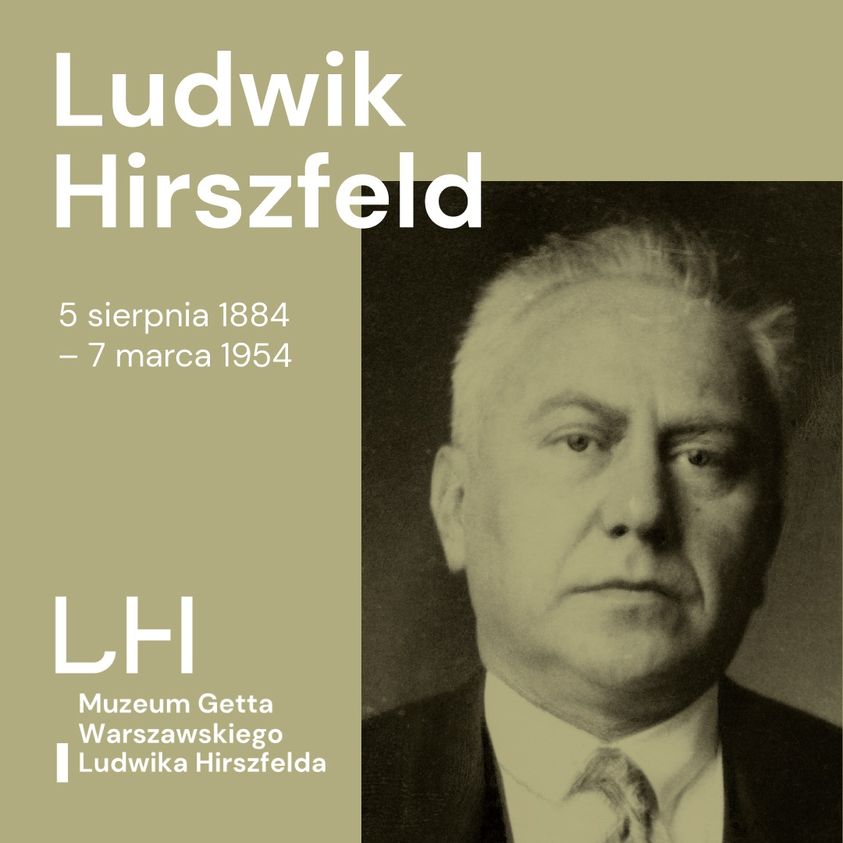Ludwik Hirszfeld (05.08.1884–07.03.1954)
doctor, bacteriologist and immunologist, founder of the Polish school of immunology, a new field of science – seroanthropology and the basics of blood group science (with Emil von Dungen), nominated for the Nobel Prize for his numerous scientific achievements

Hirszfeld was born in Warsaw, and studied medicine at the universities of Würzburg and Berlin. He was awarded the title of doctor for his work on agglutination, and his habilitation for his work on the relationship between immune phenomena and blood clotting. He worked at the Cancer Research Institute in Heidelberg and the Institute of Hygiene in Zurich. During World War I, he participated in combating the typhus epidemic in Serbia and in organising the local health service.
After returning to Poland, from 1920 he worked at the National Institute of Surowic Research in Warsaw, later incorporated into the National Institute of Hygiene (PZH), which he co-founded. In the years 1924-1925 he was the director of the Institute, and in the years 1924-1939 the head of the PZH. From 1924 he was a professor at the Free Polish University. In 1926, he obtained his habilitation for the second time at the University of Warsaw as a bacteriologist and immunologist. From 1930 he was an active member of the Warsaw Scientific Society. In 1931 he was awarded the title of professor. In the years 1931-1935 and 1947-1952 he was the president of the Polish Society of Microbiologists and Epidemiologists.
During the defense of Warsaw in September 1939, he organized a blood transfusion center in the city. He was forced to live in the Warsaw ghetto. He lectured there, worked in research, and – thanks to the vaccine provided by prof. Rudolf Weigel from Lviv, illegally smuggled into the ghetto – he treated patients with typhus. In July 1942, he escaped from the ghetto to the ‘Aryan’ side. For a period of time he hid under a changed name in Laura Kenig’s house in Stara Miłosna near Warsaw, and later at his farmer Stanisław Kaflik in Klembów near Tłuszcz, pretending to be a clerk-disinfector. In 1943 he wrote down his autobiography, which was published in 1946 under the title “The Story of One Life”.
After the liberation of Lublin in 1944, he took part in establishing the Maria Curie-Skłodowska University. In 1945 he moved to Wrocław and started working at the Faculty of Medicine at the University of Wrocław. In 1952, he established the Institute of Immunology and Experimental Therapy of the Polish Academy of Sciences in Wrocław (later named after him) and became its first director. He also organized the Pregnancy Pathology Research Center there.
He died in Wrocław. Together with his wife Hanna Kasmanów (1884-1964), he rests at the local cemetery of St. Lawrence. Their only daughter died during World War II.
translated by Adam Grossman

